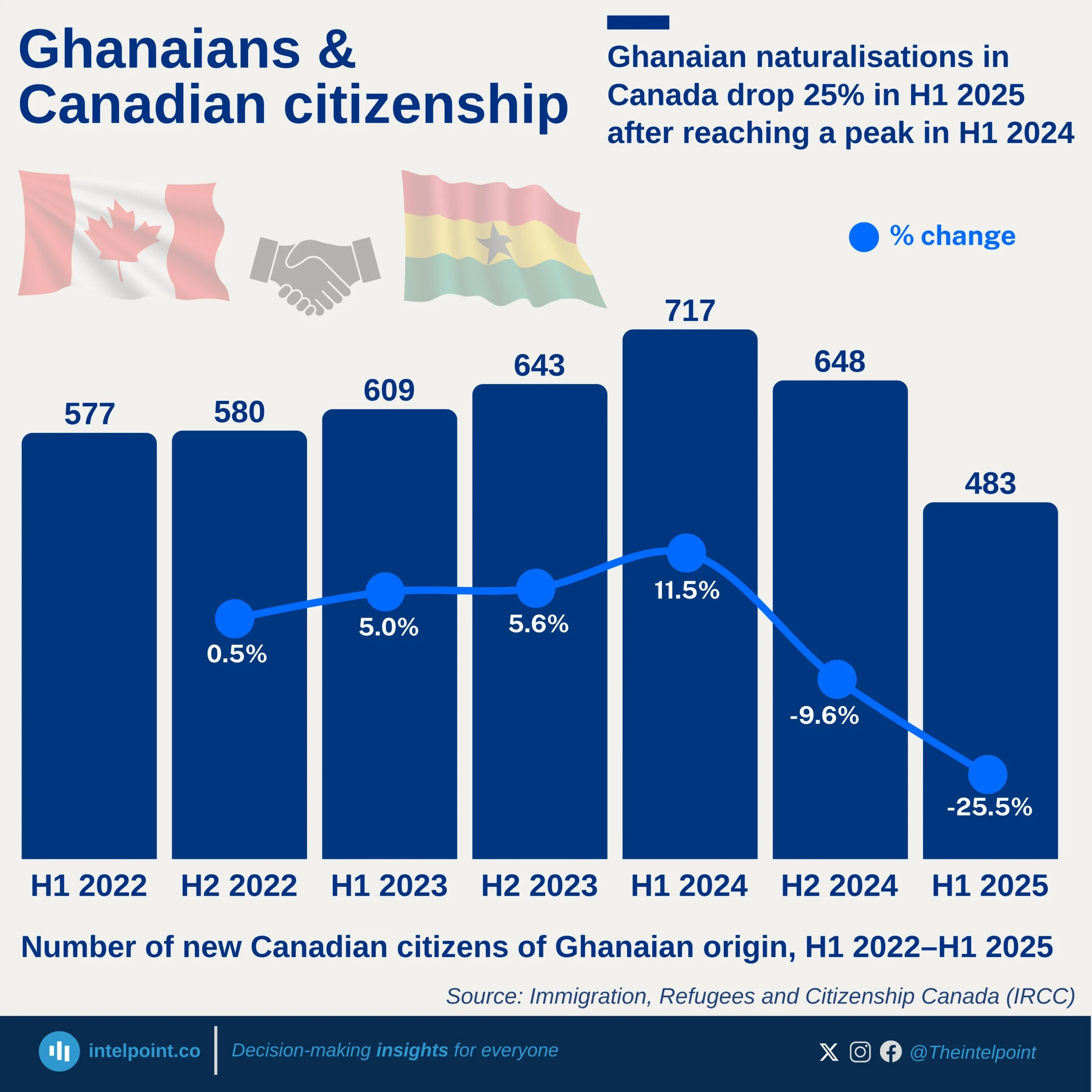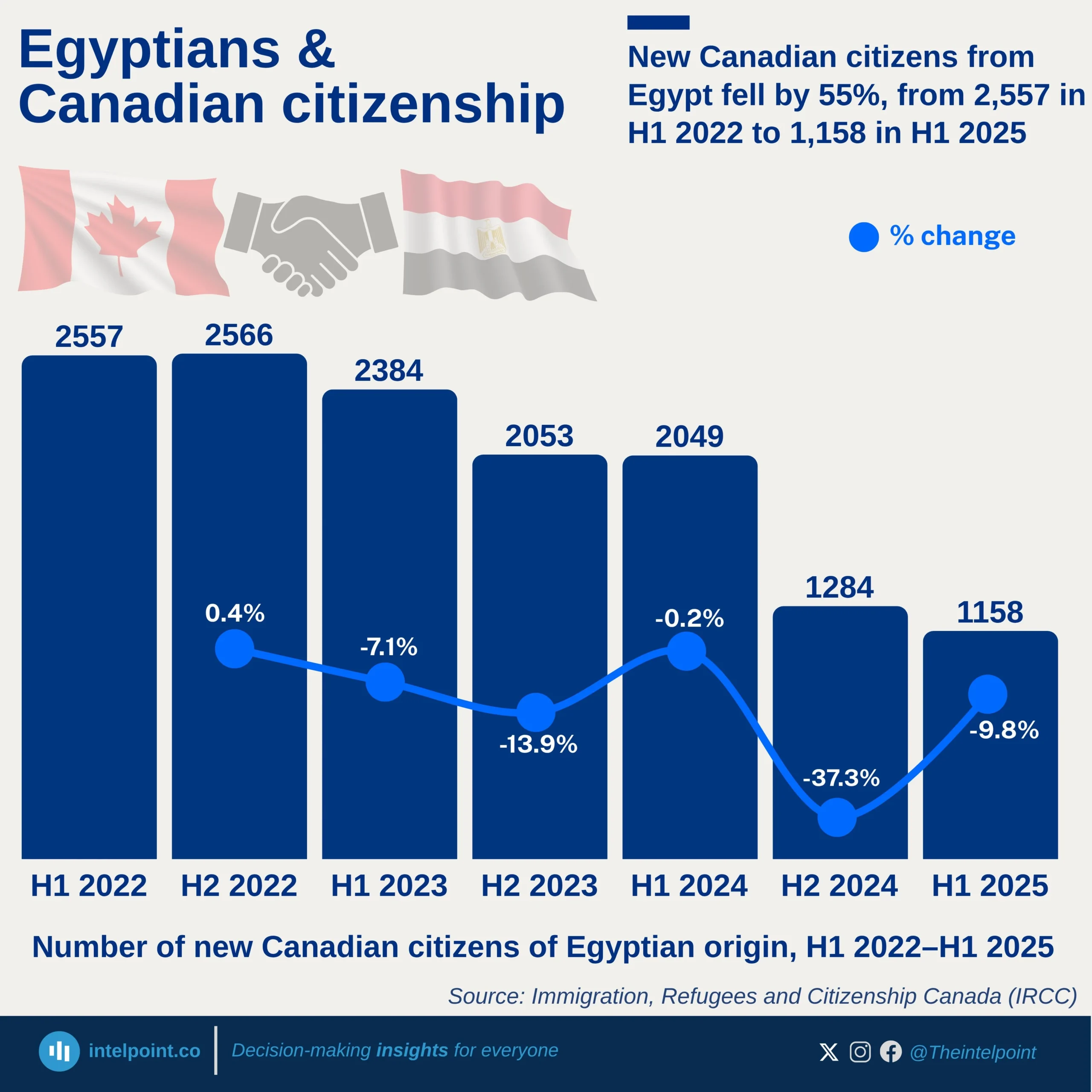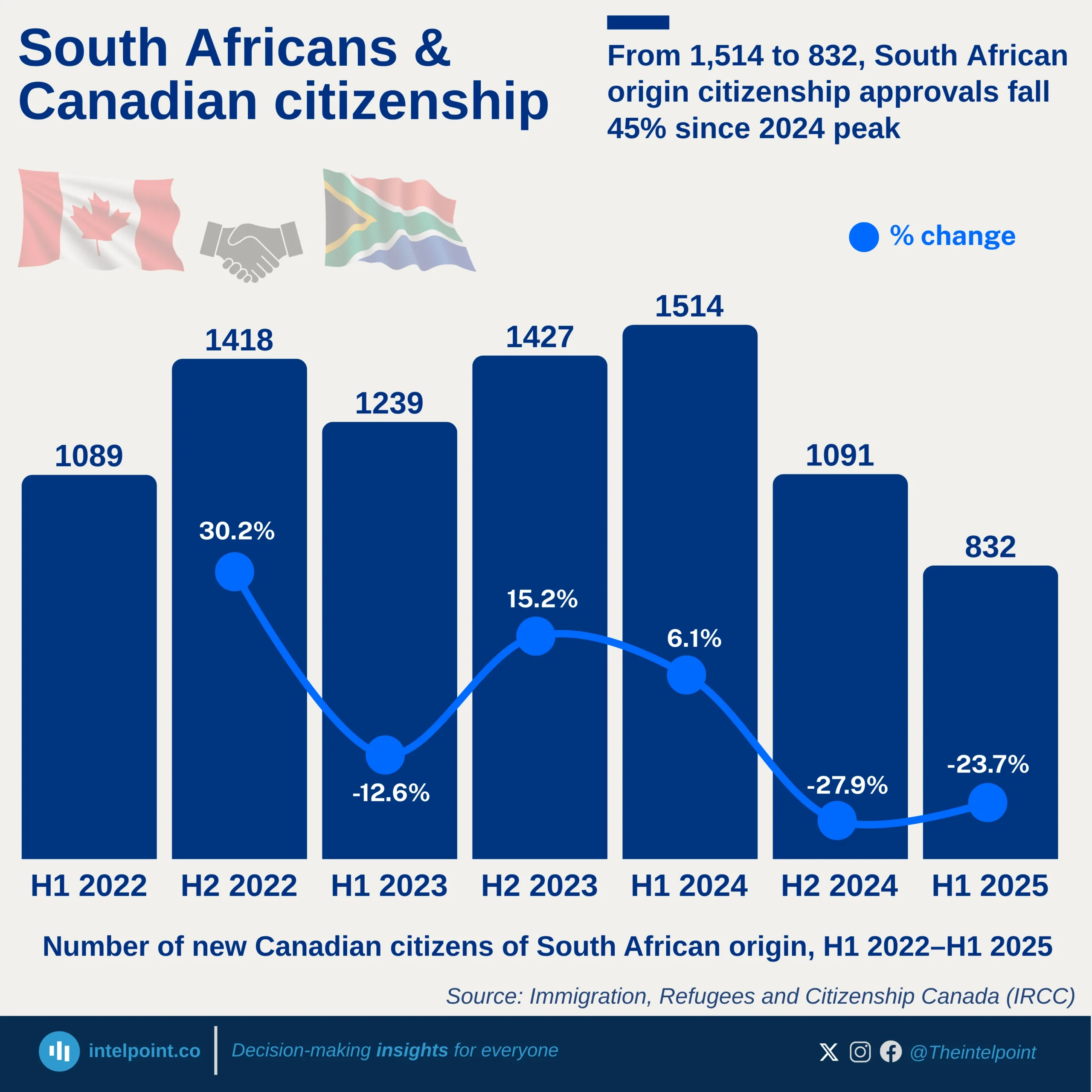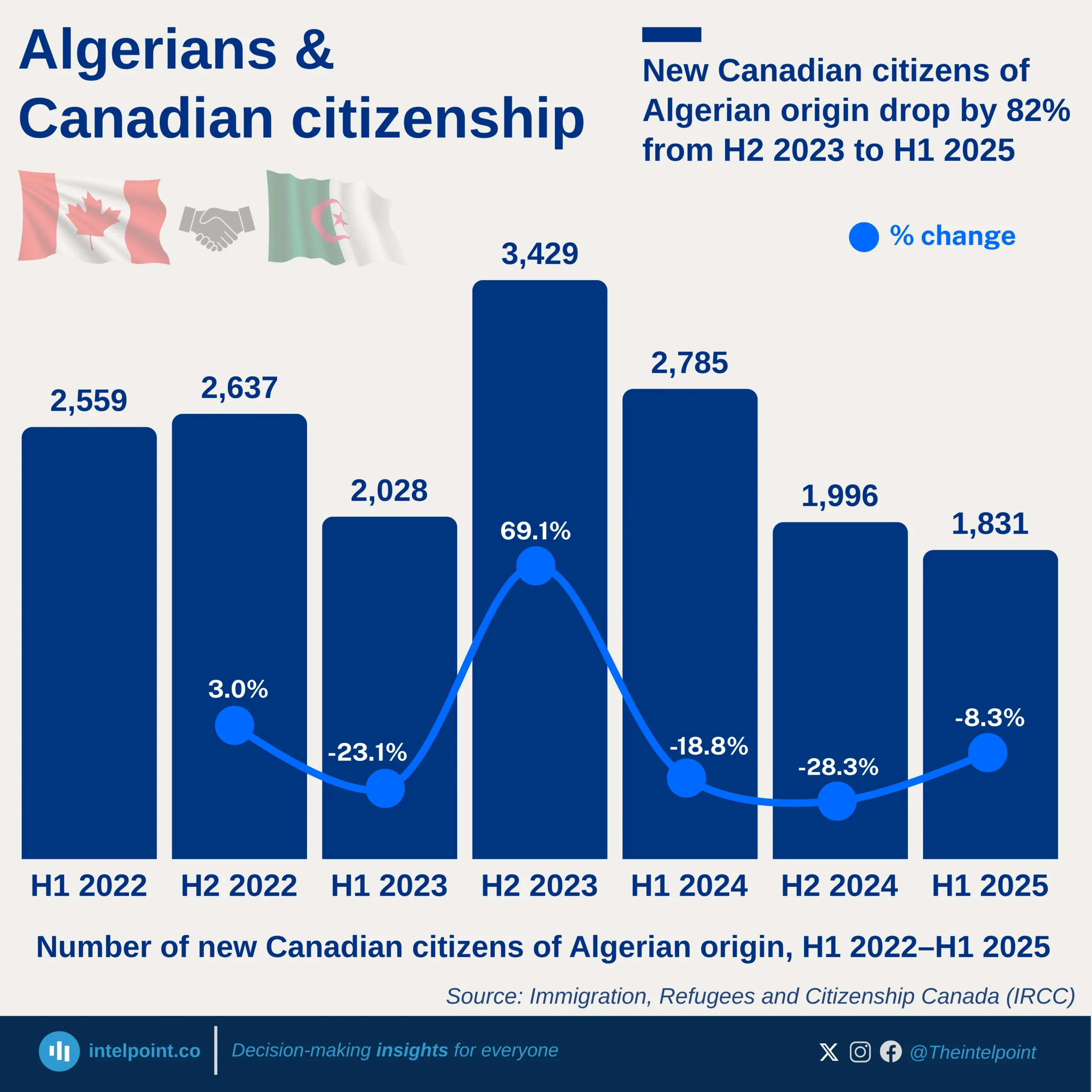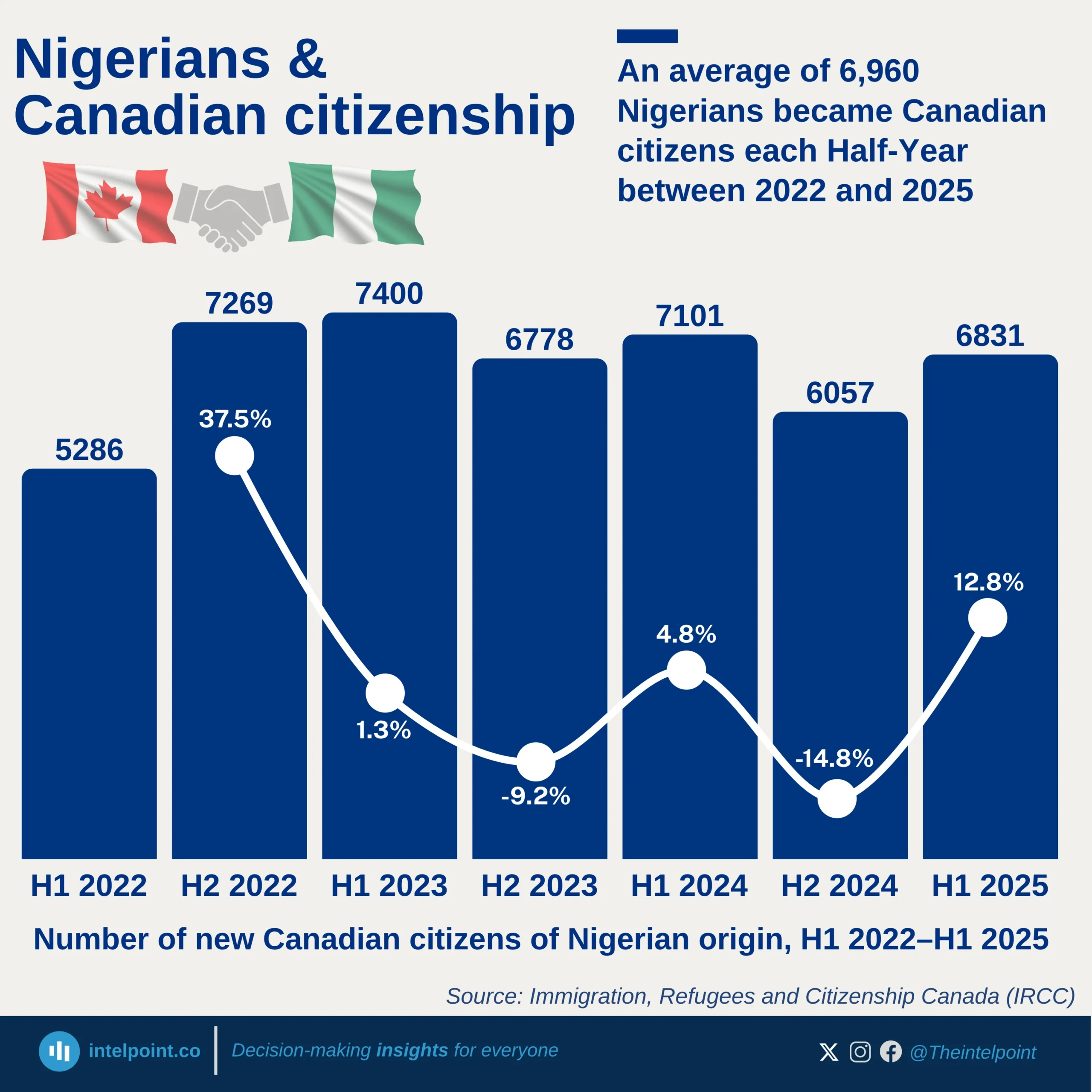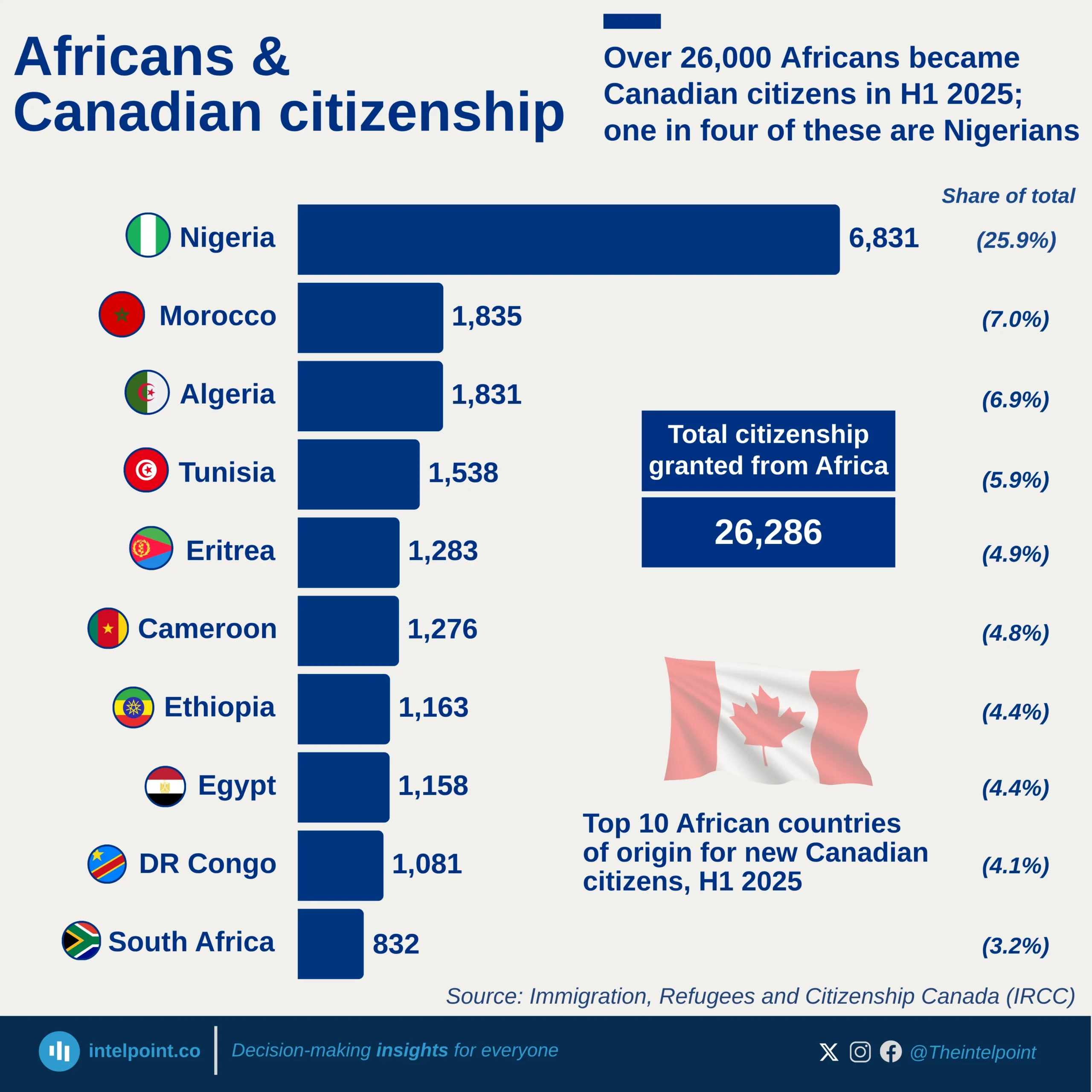In Africa, immigration patterns reveal striking contrasts across the continent. Gabon, a small Central African nation, leads with immigrants accounting for 18.7% of its population, a testament to its oil wealth and economic pull. It is closely followed by Equatorial Guinea and Djibouti, both leveraging natural resources and strategic geography to attract labor. Libya, despite its political instability, remains high on the list due to historical migration routes.
The data also points to a subtle regional trend, with Southern African countries like South Africa, Botswana, and Namibia hosting modest but notable shares of immigrants. Overall, while Africa’s immigrant populations remain relatively low in global comparison, key economies within the continent are emerging as quiet hubs of cross-border labor movement.
